Introduction
Bronze has been a crucial material in human history due to its durability, strength, and versatility. This alloy, consisting primarily of copper and tin, has been used for various applications, including sculptures, tools, and weapons. Understanding the composition of bronze is essential to appreciate its significance in different cultures and industries throughout time.
The Basics of Bronze Composition
Bronze is primarily composed of copper, which typically makes up around 88% to 95% of the alloy. This high copper content contributes to bronze’s characteristic reddish-brown color. The addition of tin, usually comprising 5% to 12% of the mixture, is what distinguishes bronze from pure copper, imparting increased strength and hardness. In some cases, other elements such as aluminum, silicon, and phosphorus may be included in bronze alloys to enhance specific properties.
The Role of Copper in Bronze
Copper is a fundamental component of bronze due to its malleability and ductility, making the alloy easy to work with during casting and shaping processes. Additionally, copper contributes to bronze’s resistance to corrosion, making it an ideal material for outdoor sculptures and architectural elements. The presence of copper also affects the overall appearance of bronze, giving it a warm and inviting hue.
The Influence of Tin on Bronze Properties
Tin plays a crucial role in the strength and hardness of bronze. By adding tin to copper, the resulting alloy becomes stiffer and more durable than pure copper, making it suitable for creating tools, weapons, and decorative items. The exact amount of tin in the bronze mixture can significantly impact its mechanical properties, such as tensile strength and wear resistance, offering a range of options for different applications.
Alloying Elements in Bronze
While copper and tin are the primary components of bronze, other alloying elements can be incorporated to modify its characteristics. Aluminum is often added to improve the alloy’s strength and corrosion resistance, making it valuable for marine applications and structural components. Silicon can enhance fluidity during casting processes, while phosphorus helps reduce oxidation and improve machinability.
Production Methods for Bronze Alloys
Bronze alloys can be produced through various methods, including casting, powder metallurgy, and welding. In the casting process, molten metals are poured into molds to create intricate shapes and designs. Powder metallurgy involves blending powdered metals before compacting and sintering them to form solid bronze components. Welding techniques can also be used to join bronze pieces together, allowing for repairs and custom fabrication.
Applications of Bronze in Different Industries
Bronze’s unique combination of properties makes it sought after in a wide range of industries. In art and sculpture, bronze is valued for its ability to capture intricate details and withstand outdoor conditions, leading to iconic creations throughout history. Engineering and construction utilize bronze for bearings, gears, and architectural elements due to its strength and durability. Marine and aerospace industries benefit from bronze’s corrosion resistance and thermal conductivity for various components and equipment.
Maintaining and Caring for Bronze Items
Proper maintenance is essential to preserve the beauty and integrity of bronze items. Regular cleaning with mild soap and water can help remove dirt and prevent corrosion. Waxing bronze surfaces provides a protective layer against environmental damage and oxidation. Avoiding abrasive cleaners and harsh chemicals is crucial to prevent scratching or discoloration. Consulting with professionals for restoration and conservation of valuable bronze pieces ensures their long-term preservation and appreciation.
Frequently Asked Questions (FAQs)
- What is the difference between bronze and brass?
-
Bronze is primarily composed of copper and tin, while brass is a copper-zinc alloy. Bronze is known for its reddish-brown hue, while brass has a brighter yellow color.
-
How can I determine the authenticity of a bronze item?
-
Authentic bronze items are typically heavier than imitations made from alternative materials. A professional appraisal or chemical analysis can provide definitive confirmation of bronze composition.
-
Is bronze suitable for outdoor use?
-
Yes, bronze is highly resistant to corrosion, making it an excellent choice for outdoor sculptures, architectural features, and marine applications.
-
Can bronze be recycled?
-
Yes, bronze is a valuable material for recycling, as it can be melted down and reformed without significant loss of quality or properties.
-
What are some common myths about bronze?
-
One common myth is that bronze items are always expensive. While certain bronze artworks or historical pieces may command high prices, there are also affordable bronze items available for various purposes.
-
Is bronze a sustainable material?
-
Yes, bronze is considered a sustainable material due to its recyclability and long lifespan. Choosing bronze products can contribute to reducing environmental impact and promoting resource efficiency.
-
Are there health risks associated with bronze exposure?
- While bronze is generally safe to handle and use, prolonged exposure to bronze dust or fumes from welding processes may pose health risks. Adequate ventilation and personal protective equipment should be used in such situations.
Conclusion
Understanding the composition of bronze enriches our appreciation for this ancient and versatile alloy. From its primary components of copper and tin to the role of additional alloying elements, bronze offers a fascinating blend of strength, durability, and aesthetics. By exploring the production methods, applications across industries, and maintenance tips for bronze items, we can continue to admire and utilize this enduring material in modern contexts.


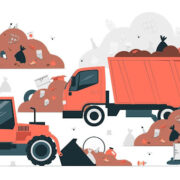





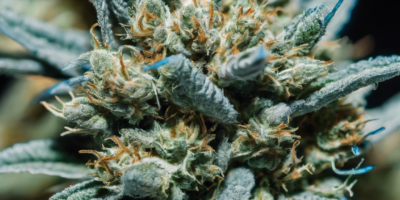
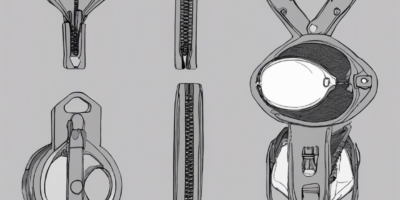

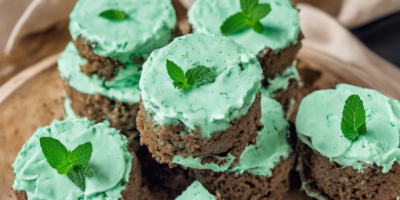

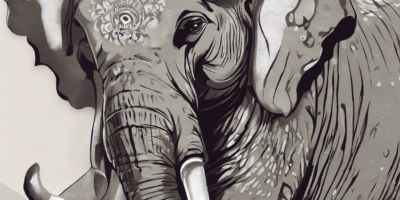
Comments